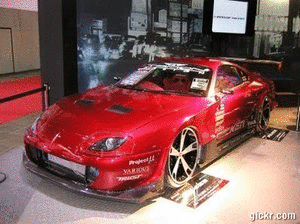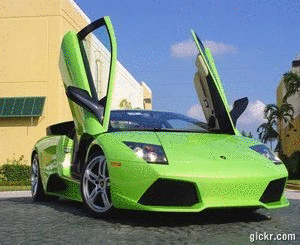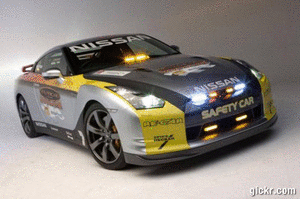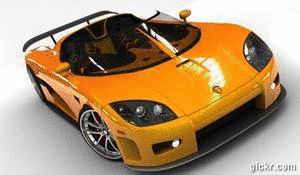Nissan Navara2 x Lightforce 240 HID
5 x Lightforce 170 striker
4 x Lightforce 140 lance
2 x 140 Clear Combo filter
2 x 140 Dispersion filter
2 x 170 Blue Combo filter
2 x 240 Clear Combo filter
RAW nitro 4x4 suspension lift
Nissan Navara SpecificationPerformance, emissions & economyTop speed (mph): 105
0-62 mph (seconds): 11.8
Urban mpg: 23.9
Extra urban mpg: 32.8
Combined mpg: 28.8
CO2 (g/km): 264
Dimensions & weightsLength (mm): 5220
Height (mm): 1776
Width (mm): 1850
Wheelbase (mm): 3200
Front track (mm): 1570
Rear track (mm): 1570
Gross weight (kg): 3210
Kerb weight (kg): 2135
Max. braked trailer weight (kg): 750
Max. unbraked trailer weight (kg): 2600
Fuel tank capacity (litres): 80
Engine & transmission
Engine: Four-cylinder turbocharged diesel engine, inline, mounted longitudinally in front. Designation: YD25DDTi. Variable geometry turbocharger and intercooler. Iron cylinder block. Aluminium cylinder head.
Management: Emissions controlled to Euro IV.
Cubic capacity (cc): 2488
Compression ratio: 16.50:1
Bore x stroke (mm): 89.00 x 100.00
Valve gear: Four valves per cylinder. Double overhead camshafts. Chain driven camshafts.
Max. power (bhp): 169 at 4000 rpm
Max. torque (lb.ft): 297 at 2000 rpm
Transmission: Six-speed manual. Part-time, selectable four-wheel drive.Gear ratios:1st: 4.692:1
2nd: 2.705:1
3rd: 1.747:1
4th: 1.291:1
5th: 1.000:1
6th: 0.827:1
Reverse: 4.260:1
Final drive: 3.692:1
Transfer ratio: 2.625:1
Chassis & running gearFront: Double wishbone with coil over strut.
Rear: Rigid leaf spring.
Steering: Power assisted rack and pinion steering. 3.8 turns lock-to-lock.
Turning circle diameter (m): 13.30
Brakes: Dual circuits: front and rear distribution, power assisted, ABS. Front: 320x28mm ventilated discs. Rear: 295mm drums.
Wheels: 7JJ x 17-inch alloys.
Tyres: 255/65 R17.




